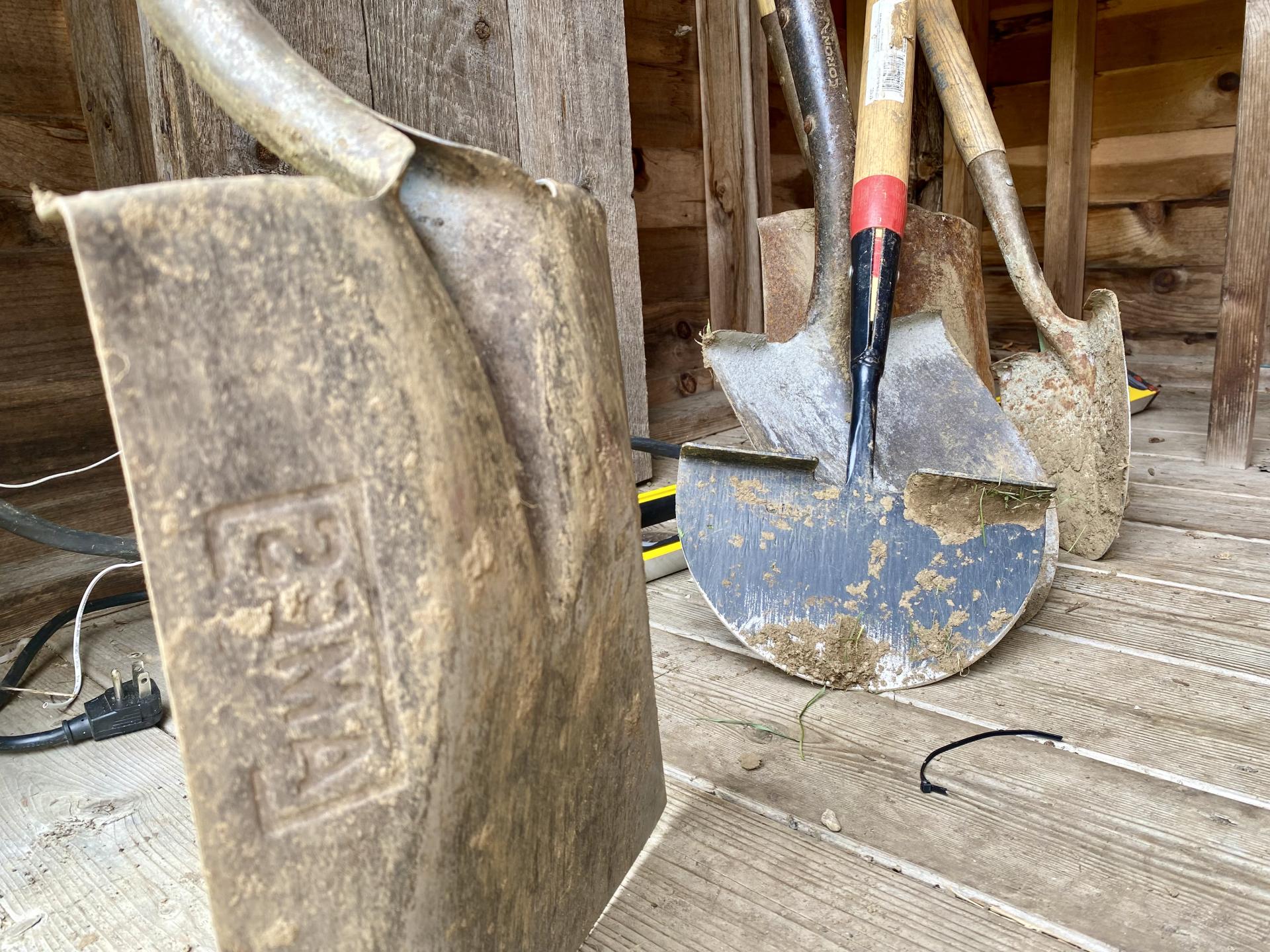You are here
Gardeners Checklist: Here Is What to Do on This Fourth Week of April
Gardeners Checklist: Here Is What to Do on This Fourth Week of April
By Ron Kujawski
• Celebrate Arbor Day, Friday, April 28! Some people celebrate by planting trees, others simply hug a tree. Take your pick. If you fail to do either on Friday, try another day. The trees will love you just the same.
• Plant dwarf or semi-dwarf fruit trees if space is limited and if you prefer to keep your feet on the ground when tending the trees. On the other hand, if you don’t want to wait five to 10 years for the first harvest, plant strawberries, raspberries, and blueberries to satisfy your fruit cravings. With these, you can get the first fruit harvest in one or two years from planting date. Small fruit also provide higher yields per unit of space than do fruit trees.
• Start seeds of summer and winter squash, melons, and cucumbers indoors this week or next. Seedlings will be ready for transplanting to the garden in about four to five weeks. Save a seedling or two of summer squash and cucumber for growing in large patio pots. I usually get much better yields from plants that are grown in pots than from the same vegetable variety in the garden. The reason - better soil!
• Fill large patio pots or planters about three quarters full with last fall’s leaves — preferably shredded. Fill the remainder of each pot with potting soil. The leaves will compress under the weight of the soil, maybe to one third to one half the depth of the pot. Still, this can reduce the quantity of potting soil required for large planters. Most of the plants — annuals, summer flowering bulbs, vegetables – to be grown in the pots need a soil depth of about eight to 10 inches to accommodate their roots. If old leaves are not available, use small plastic flower pots, empty water bottles, or similar lightweight materials, or wood chips as filler for the large containers. A big advantage of the leaves is that they don’t have to be sorted from the soil at the end of the growing season.
• Look for a quarter-inch long, black legged, scarlet colored beetle feeding on the leaves of Asiatic lilies, Turk’s cap lilies, tiger lilies, and Fritillaria. This is the lily leaf beetle, a destructive pest of lilies and other plants including Solomon’s seal and members of the nightshade family (flowering tobacco, potato, and tomatillo). Though the adults can be hand-picked, applications of neem oil, a natural insecticide, at weekly intervals may be more effective. Neem oil repels the adult beetles and kills the slug-like larvae.
• Wear light-colored clothing, including long pants and long-sleeved shirt when working outdoors. I’m recommending this not as a fashion statement for trendy gardeners, but such garb will keep ticks, especially deer ticks, from attaching themselves to your body and make it easier to spot the critters. As further precaution, always apply a repellent containing permethrin to your clothing before heading outdoors. Deer ticks, also called blacklegged ticks, are not to be taken lightly. They carry the bacteria that can transmit Lyme disease, babesiosis, human anaplasmosis, and other diseases. These diseases are serious. If you’re not convinced, ask someone who has had one. For further information, go to: https://web.uri.edu/tickencounter/prevention/protect-yourself/.
Ron Kujawski began gardening at an early age on his family's onion farm in upstate New York. Although now retired, he spent most of his career teaching at the UMass Extension Service. He serves on Berkshire Botanical Garden’s Horticulture Advisory Committee. His book, Week-by-Week Vegetable Gardener’s Handbook, is available here.
Help Our Garden Grow!
Your donation helps us to educate and inspire visitors of all ages on the art and science of gardening and the preservation of our environment.
All Donations are 100 percent tax deductible.


